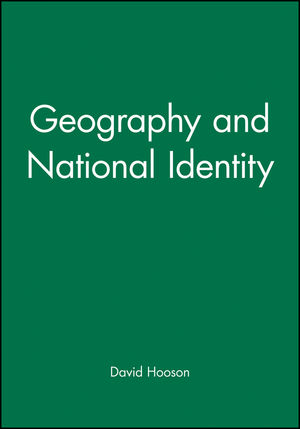Geography and National IdentityISBN: 978-0-631-18936-7
Paperback
404 pages
October 1994, Wiley-Blackwell
 This is a Print-on-Demand title. It will be printed specifically to fill your order. Please allow an additional 10-15 days delivery time. The book is not returnable.
|
||||||
This volume of especially commissioned essays explores the
geography of, and the role of geography in, national and
proto-national identity.
Place and national identity are bound together. Attachment to the one is almost always inseparable from the sense of the other. Yet, as this volume shows, the articulated self-conscious linking of place and identity is by and large a modern phenomenon that took root in nineteenth-century Europe. The formation of supranational states and the much vaunted globalization of culture led many to believe there would be a progressive dilution of national identities and a growing agglomeration of places and nations into larger state units. Precisely the reverse has taken place.
This book explores the connections between identity and homeland, showing how a place may be perceived as archetypal, endowed with love and celebrated in music and poetry, yet be a pretext for violence and war. It examines the evolution of ideas about identity and their manifestations in a wide variety of settings, from the former Soviet Union to the island states of the South Pacific.
Place and national identity are bound together. Attachment to the one is almost always inseparable from the sense of the other. Yet, as this volume shows, the articulated self-conscious linking of place and identity is by and large a modern phenomenon that took root in nineteenth-century Europe. The formation of supranational states and the much vaunted globalization of culture led many to believe there would be a progressive dilution of national identities and a growing agglomeration of places and nations into larger state units. Precisely the reverse has taken place.
This book explores the connections between identity and homeland, showing how a place may be perceived as archetypal, endowed with love and celebrated in music and poetry, yet be a pretext for violence and war. It examines the evolution of ideas about identity and their manifestations in a wide variety of settings, from the former Soviet Union to the island states of the South Pacific.



